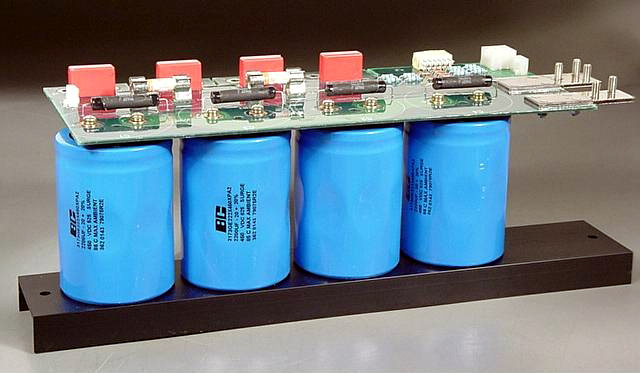I'm now shopping for resistors and have come up with a question :
Am I correct in believing that the "maximum working voltage" specification
for a resistor refers to the voltage drop across it, and not the actual
voltage applied with respect to ground ? I ask this because most 1/2 watt
resistors are rated at 300-350v (or less) and resistors in amps can have
voltages a lot higher than that applied. (I did find some military resistors
at Mousers that could handle 500v but you have to buy a minumum of 200
pieces.)
I don't see any places in my schematics where the voltage drop across a
single resistor would be over 300V.
Am I correct in believing that the "maximum working voltage" specification
for a resistor refers to the voltage drop across it, and not the actual
voltage applied with respect to ground ? I ask this because most 1/2 watt
resistors are rated at 300-350v (or less) and resistors in amps can have
voltages a lot higher than that applied. (I did find some military resistors
at Mousers that could handle 500v but you have to buy a minumum of 200
pieces.)
I don't see any places in my schematics where the voltage drop across a
single resistor would be over 300V.



Comment